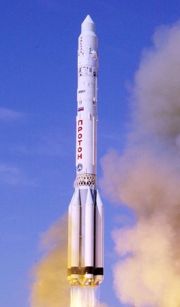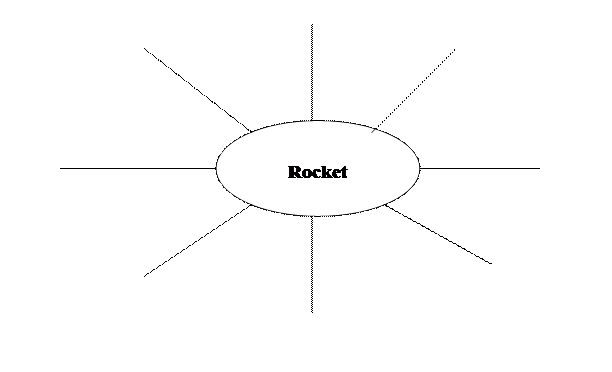Match the synonyms and make up word combinations using words from column B
A B
reliable unit
aircraft safe
difficult destruction
engine plane
consumption cargo
freight armature
sample hard
assembly use
resistance power plant
collapse opposition
equipment pattern
Fill in the gaps with the suitable derivative of the word given in brackets.
1. The practical limit of the aircraft weight are a certain power of engine and a certain fuel ____ (consume).
2. The structure of the aircraft must be as small and light as ____ (safe) and efficiency will allow.
3. The stress man’s ____ (calculate) go to the designer of the part.
4. In one of the ground tests the wings, tail and other units reach maximum load to find out the ____ (resist) to loading.
5. In the test for fatigue strength small loads are applied for thousands of times and many ____ (repeat) can result in collapse.
Speaking
Imagine you are a supervisor of a trainee group. Tell them about plane makers and steps of aircraft designing.
UNIT 15
Rockets

Preparing to Read
Look at the picture and brainstorm all possible terms related to the topic.

Work in pairs. Give a definition of the term “rocket”. Suggest various areas of application for rockets.
Before you read the text, look at these sentences and agree or disagree with them and explain your viewpoint.
1. A rocket is a vehicle designed to leave Earth's atmosphere and operate beyond the surface of the Earth in outer space.
2. Rockets use air-breathing engines.
3. Rockets may have some stages.
4. Rockets can move with the speed much higher than the speed of sound.
Reading
Read the ext and match the English words with their Russian counterparts.
1. booster a. окислитель
2. oxidizer b. уравнение
3. satellite c. космический корабль
4. equation d. момент выгорания топлива
5. propellant e. вакуум
6. nozzle f. искусственный спутник Земли
7. spacecraft g. ракетное топливо
8. vacuum h. ракета-носитель
9. burn-out time i. сопло
Read the text and check whether your predictions were correct.
Read the text and write a brief heading for each paragraph.
Rockets
A. A rocket is a vehicle, missile or aircraft which obtains thrust by the reaction to the ejection of fast moving fluid from within a rocket engine.
B. Rockets are used for fireworks and weaponry, as launch vehicles for artificial satellites, and for human spaceflight and exploration of other planets. While they are inefficient for low speed use, they are, compared to other propulsion systems, very lightweight, enormously powerful and can achieve extremely high speeds.
C. In 1903, high school mathematics teacher Konstantin Tsiolkovsky (1857-1935) published the first serious scientific work on space travel. The Tsiolkovsky rocket equation—the principle that governs rocket propulsion—is named in his honor. Tsiolkovsky accurately proposed to use liquid oxygen and liquid hydrogen as a nearly optimal propellant pair and determined that building staged and clustered rockets to increase the overall mass efficiency would dramatically increase range.
D. Most current rockets are chemically powered rockets. A chemical rocket engine can use gas propellant, solid propellant, liquid propellant, or a hybrid mixture of both solid and liquid. A chemical reaction is initiated between the fuel and the oxidizer in the combustion chamber, and the resultant hot gases accelerate out of a nozzle (or nozzles) at the rear end of the rocket. The acceleration of these gases through the engine exerts force (thrust) on the combustion chamber and nozzle, propelling the vehicle.
E. Due to their high exhaust velocity (Mach ~10), rockets are particularly useful when very high speeds are required, such as orbital speed (Mach 25). Rockets remain the only way to launch spacecraft into orbit. They are also used to rapidly accelerate spacecraft when they change orbits or de-orbit for landing. There are many different types of rockets.
F. A multistage rocket is the most popular, it uses two or more stages, each of which contains its own engines and propellant. A stacked stage is mounted on top of another stage; a parallel stage is attached next to another stage. The result is effectively two or more rockets stacked on top of or attached next to each other. Two stage rockets are quite common, but rockets with as many as five separate stages have been successfully launched.
G. By jettisoning stages when they run out of propellant, the mass of the remaining rocket is decreased. This staging allows the thrust of the remaining stages to more easily accelerate the rocket to its final speed and height.
H. In stacked staging schemes, the first stage is at the bottom and is usually the largest, the second stage is above it and is usually the next largest. Subsequent upper stages are above those. In parallel staging schemes solid or liquid rocket boosters are used to assist with lift-off.
I. The main reason for multi-stage rockets and boosters is that once the fuel is burnt, the space and structure which contained it and the motors themselves are useless and only add weight to the vehicle which slows down its future acceleration. By dropping the stages which are no longer useful, the rocket lightens itself. When a stage drops off, the rest of the rocket is still travelling near to the speed that the whole assembly reached at burn-out time. This means that it needs less total fuel to reach a given velocity and/or altitude.
J. An advantage is that each stage can use a different type of rocket motor, with each stage/motor tuned for the conditions in which it will operate. Thus the lower stage motors are designed for use at atmospheric pressure, while the upper stages can use motors suited to near vacuum conditions.
Comprehension Check
